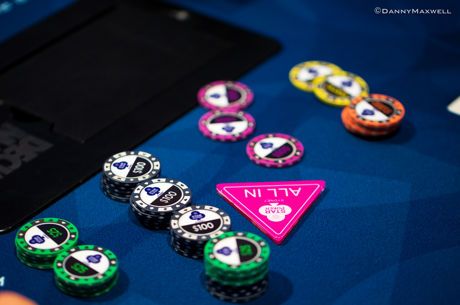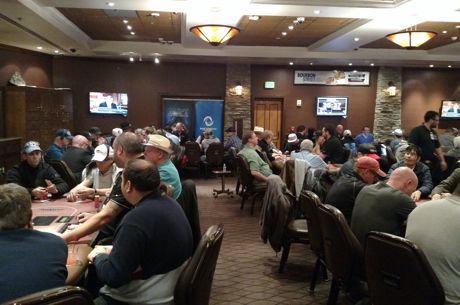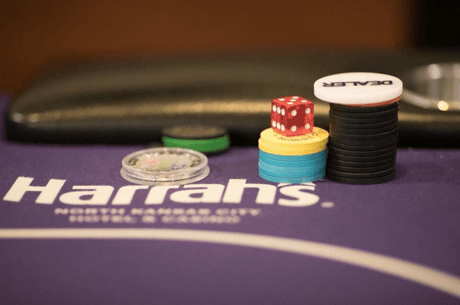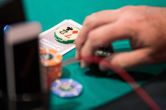Using Bet Sizing Tells to Detect a Bluff
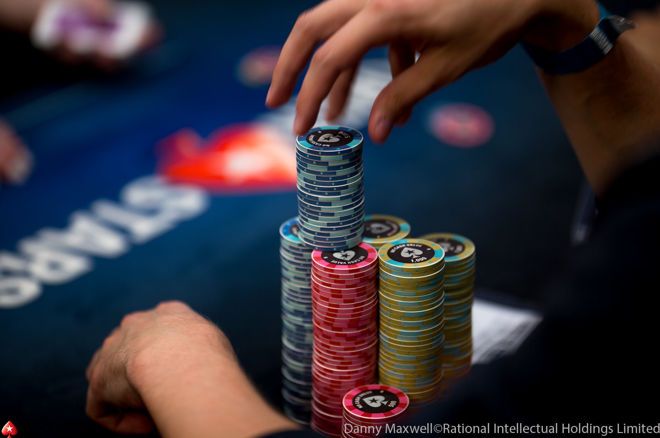
Why so much? Why so little? These are among the questions we ask in trying to decipher an opponent's betting actions.
Does my opponent adjust his bet-sizes based on hand strength? Is her bet-size an accurate indicator of strength or weakness? Have I ever seen him use intentionally deceptive bet-sizes? Next level questions like this can help us decide when bet sizing differences are useful as tells.
Bet Sizing Tell Example
Here is a recent hand I played in a $1/$2 no-limit Texas hold'em home game. The villain in the hand was my friend Lee, against whom I have battled many times. Effective stacks were approximately $275.
The button straddled for $5. I called in the small blind, holding 8♠8♥. The big blind and two others folded, then Lee raised to $21 in middle position. The button called $21 and I also called.
Flop ($65 in pot): Q♣5♣5♠. I checked and Lee made a continuation bet of $35. The button folded and I called.
Turn ($135 in pot): 7♠. The board now read Q♣5♣5♠7♠. I checked and Lee bet $60. I called.
River ($255 in pot): 3♦. The final board showed Q♣5♣5♠7♠3♦. I checked and Lee bet $80. I called. Lee tabled K♦J♥ for a complete bluff and my hand was good to take down a $415 pot.
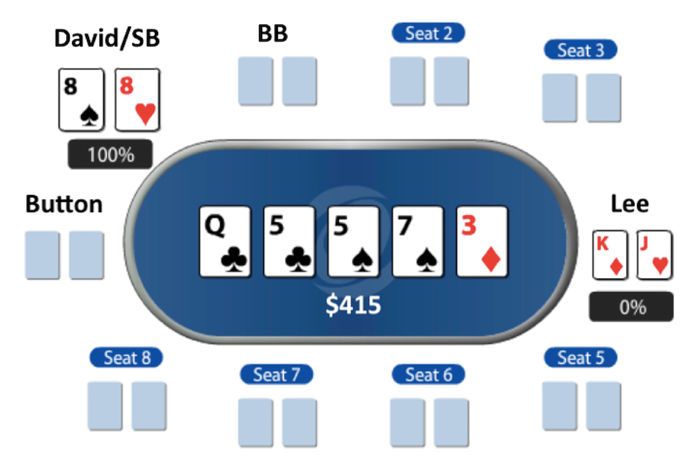
What is the Villain's Value Range?
Ordinarily we would start by assigning a preflop opening range to Lee, then narrow that range based on his subsequent actions. The texture of this flop allowed me to take a short cut by dividing his range into hands that beat me on this flop (his "Value Range") and everything else. Then I evaluated whether his bet sizing was consistent with how I've seen him play similar Value Ranges in the past. If not, he's probably bluffing.
Lee's Value Range was very straightforward. He was ahead with any pocket pair of nines or higher or A-Q, K-Q or Q-J. That's it. I left out queens with weaker kickers and all fives as he wouldn't raise preflop with those combinations after a button straddle. If he had Q-Q and flopped a full house, he would check. So I ignored that possibility, too. In shorthand, his Value Range is 9-9+, Q-J+.
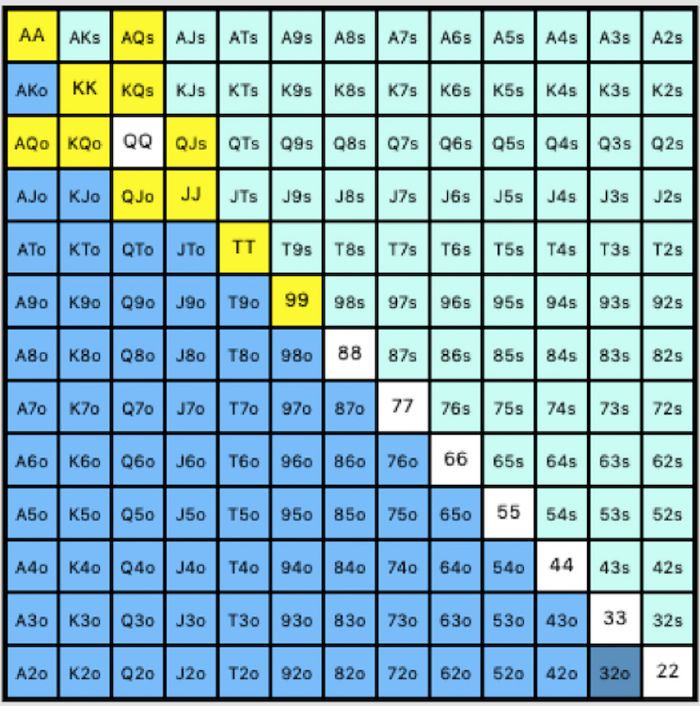
Getting the Villain to Confess
Lee and I discussed this hand in detail the next day. I asked Lee to imagine that instead of king-jack he had one of the better value hands, like A-Q or K-K. On a Q♣5♣5♠ flop, how much would he likely bet? His answer: "definitely closer to a pot-sized bet." That was exactly my thinking as the hand was being played, which was why I called. His mouth opened slightly.
The 7♠ on the turn put two flush draws on the board. If I had called his flop bet with a hand like K♠Q♠ or Q♠J♠, I would still be behind his A-Q or K-K, but added some outs with a flush draw. I asked Lee whether this concerned him?
On both streets his small bets in relation to the pot confirmed that he did not have a hand like he was trying to represent.
Lee admitted that the turn adds a couple more ways I could catch up to A-Q or K-K if he actually had that, and he would have bet $90-100 (into a pot of $135). The larger bet would protect his hand by charging a higher premium to any flush draws I might have. When I pointed out that his smaller bet sizing told me he didn't have a hand that he felt a need to protect, his jaw hung even lower in the realization of his error.
If I were right — that he was bluffing — and check-raised, he would have simply folded, resulting in the loss of a paying customer. If I were wrong, check-raising would have effectively turned my hand into a bad bluff and costly mistake. Even though check-calling from out-of-position is weak and passive, it was the best option available.
The river card and betting action didn't change anything. As I replayed every street in my head before making the final call, I kept returning to his flop and turn bet-sizes. On both streets his small bets in relation to the pot confirmed that he did not have a hand like he was trying to represent.
Conclusion
Bet sizing is part art and part science. Pay attention to players' bet sizing patterns, as two different players' small bets might have opposite meanings. Bet sizes that are incompatible with the hand an opponent is trying to represent can be revealing tells that help you detect bluffs and make difficult, winning calls.
David Bass mostly plays in live no-limit hold’em cash games and has been writing about poker since 2012. You can follow him on Twitter @KKingDavidPoker or enjoy his blog, They Always Have It, at https://kkingdavid.com/.

